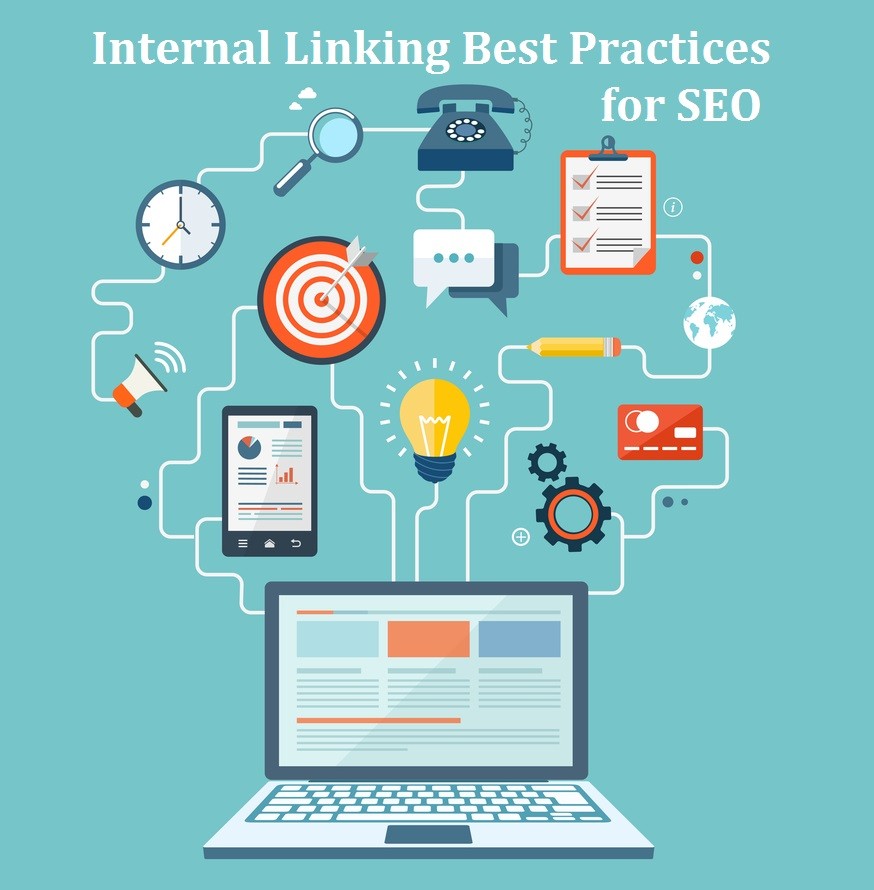In the world of search engine optimization (SEO), the most of the focus is on back links and link building connections with high authority sites to increase your site rankings. The basic concept of inner lining is that it consolidates the overall SEO of your website by giving clear paths for search spiders, prolonged sessions for customers and a well-connected network of Web pages and posts. So, how can you build it happen? How can you use inner linking to increase the high quality, visibility, and appeal of your site?
We shall explain the most importance of internal linking as well as share a few best practices to help you get started.
-
Make Valuable Content
You can’t make a powerful internal linking structure without content and Web sites to link to. This is why it’s so important that you consistently make fresh, appropriate content on your web site. While guest blogging is great, you require spending the same amount of time blogging on your own website.
-
Use Appropriate Anchor Text
Anchor text isn’t something that you should arbitrarily select on the fly. The anchor text you choose not only tells the viewer what they’ll see when they click the web link, but it also sends some hints to the search bots. Obviously, one anchor text above is better than the other. With that being said, spam anchor text and extremely optimized search terms won’t do you any good either. Make it natural, yet appropriate.
-
Three Click Rule
In the Search engine optimization SEO world, there’s an unofficial rule that says no web page on your website should be more than three clicks away from the home page. This isn’t a need, but it’s a beneficial practice to follow. In doing so, you’ll develop an effective SEO structure that is tightly connected and organized.
-
Always Follow Link Deep
Generally people end up linking to their homepage or contact page, which may not get you the most effective results. When it comes to internal linking and deeper link better it is. Rather than linking to web pages that are available in your site’s menu, try to link to posts and web pages that are three levels deep. You also want to ensure that your internal links are always ‘do follow’.
-
Link Product to Product
When it comes to e-commerce sites, the internal linking not just affects SEO and consumer experience, but it can also cause a direct increase in sales. If your product is marketed in a unique style, brand, product, or color theme is sure those Web pages are referencing each other. You want to be sure that uncertain clients have the capability to shop around and not struggle to find what they require.
Follow these internal linking tips and you will certainly start seeing improvements in your website ranking.






 Germany
Germany India (Headquarter)
India (Headquarter)